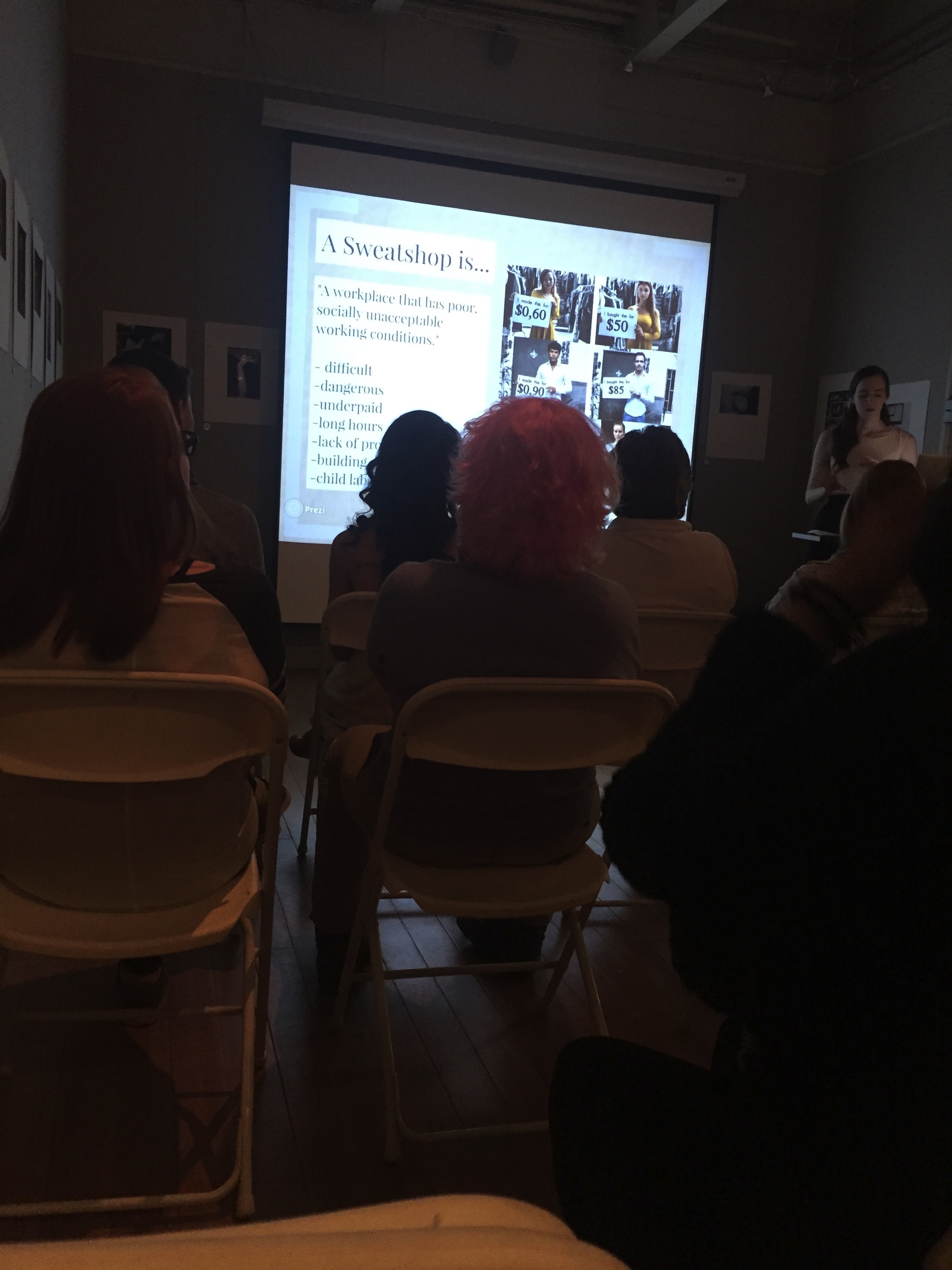One-thousand one-hundred and thirty-four people died and virtually no one talked about it. Why? Because it was in a place far away and involved an issue no one likes to talk about. One-thousand one-hundred and thirty-four people died in a sweatshop.
Those 1,134 people are who Emma Ruff, senior art student, talked about during her presentation on University Day. They are the people who died in the Rana Plaza Factory Collapse.
The Rana Plaza Factory Collapse occurred after an extra story was illegally added onto the Rana Plaza Building. The day before the collapse, workers noticed cracks in pillars and the foundation and the building was evacuated. The workers were later told that their pay would be docked if they refused to go back to work. That is when tragedy struck. In under two minutes around 9 a.m. the next day the building collapsed, killing 1,134 people and injuring over 2,500 people.
The Rana Plaza Factory Collapse is not the first incident of people who work in sweatshops being killed. A few years before the collapse a fire occurred that got Ruff interested in sweatshop violations of human rights. Rana Plaza is what really opened her eyes, however. “I gained a lot of perspective,” Ruff said. She hopes to pass this on to other people.
In her efforts to pass on knowledge, Ruff has created pieces such as “The Dress of 1134: A Haunting Toll” in which she put one-thousand one-hundred and thirty-four pins into a dress to represent those killed in the Rana Plaza Factory Collapse. “I definitely used symbolism,” Ruff said.
Her efforts were not in vain and definitely opened some people’s eyes. “It was interesting to know more about the hidden secrets of big clothing chain companies and why people should become more aware of where their clothing comes from,” Michael Thorin, an UMPI student who attended the presentation, said.
If we can overlook a death toll of 1,134 for fashion, what else are we overlooking just to look nice? And at what cost?


